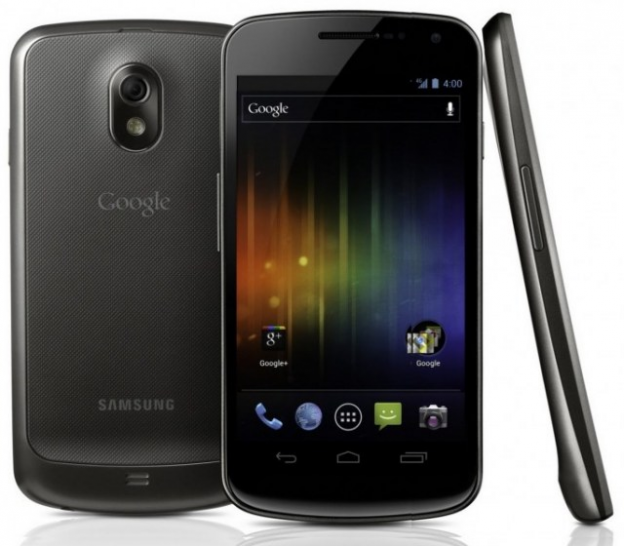Jane, a desk worker of 2 years at McCormick, is watching Twilight during her shift when Jillian, a resident, approaches her at desk to pick up a package. After unsuccessfully trying to find the package, Jane opens the Logbook on CollabDesk and writes an entry including a description of what
When the next desk worker, Ben, arrives, he reads the new log entries on CollabDesk. He remembers seeing a package in an odd place behind desk, so he goes back and looks for it. After finding the missing package, he quickly finds the entry, responds to it, and marks it resolved.
Design Sketches
Patricia Saylor
Divya Bajekal
Jonathan Lui
Benji Xie
Storyboard Designs
Storyboard 1 - Tasking
- When Jane signs in she is welcomed by a screen that displays all of the incomplete tasks that have been assigned to her. On the right portion of the screen is a list of other desk workers and the tasks that they’ve been assigned.
- When a Jane fails to find a resident’s package she can navigate to the bottom of the screen to add a new “Event”. She simply fills in the Title, Date, Assigned To, and Description. By default the assigned to is filled in with “ALL”. If Jane wants to assign the task to a specific desk worker she can simply type in the name and options will be pulled from the database.
- Bob arrives at his shift and logs in to CollabDesk. He recalls seeing a package in an odd location during one of his earlier shifts so he goes to the backroom to search for it. He finds the package and selects the “ALL” tab on the left pane to see if a desk worker previously reported the event. He sees the event as the first item under the “ALL” view clicks it. A box pops up with a detailed description of the event and he clicks the “Check box” to mark it as resolved.
Safety:
In this design notice that there is no way to edit an existing event. If a user submits the wrong data the user must manually delete the entry and rewrite a new one. There are also several small ‘x’ marks on each event. If a user accidentally clicks one of the “x” boxes there is no way to recover the lost event.Efficiency:
This design allows users to easily assign and manipulate tasks between users. For example, to assign a task to a user, one simply has to drag the event under that user’s name. To unassign the task, one simply drags the event from the user’s list of tasks back into the main “ALL” group. However, if someone desires to delete all tasks or resolve all tasks a user must manually delete or resolve each and every task.Learnability:
Several of the icons are consistent with other programs. For example, the envelope logo for sending e-mails is externally consistent with other programs. The “x” icon is a very well known icon for closing or deleting items. The “Add Event” box is also very self-explanatory. However, the dragging of tasks is non-intuitive until a user plays with the system for a long time.
Storyboard 2 - Folder Metaphor
Storyboard 3 - Streamlined Preview
- After Jane logs in, this is the main view. She quickly sees all of the log messages she hasn’t read yet in the “Unread” section at the top of the left pane. As she scrolls through messages with the up/down arrows, the selected message appears in the viewing area on the top right; once she reads a message, she marks it as read by pressing “Enter”, and it pops down to the bottom section that contains all of the log messages.
- To write a new entry about the lost package, she just goes to the bottom right corner and starts typing. The date, time, and her name are filled in automatically, and a low default priority is set for the message. She presses “Submit” and her log entry now appears in the left pane for all desk workers to see.
- When Ben logs in, he reads his unread log messages and remembers he has seen an oddly placed package somewhere behind desk. He finishes reading all the new logs before looking for the package.
- After finding the misplaced package, Ben uses the search bar to quickly find the log about the missing package. He then clicks “Reply”, and the “Create New Message” box is renamed “Reply to ‘Missing Package’”. He types up a response in the text box and presses Submit. His response now appears under the original entry.
Safety
Don’t automatically mark messages as read when the user scrolls over them; instead the user presses “Enter” to purposefully mark it. This way users can scroll past messages without losing them, and prevents errors if they.
Potential issues if desk worker makes a typo and wants to go back and fix it in the log entry.Efficiency
Create New Message is always available and is very efficient. You don’t have to click to open a new page, you can just start typing right away. This is one of the most frequently used features.
Good information scent in the left pane because you can view a lot of message titles at once.
automatically filling in date, time, name, and default priority simplify the process of writing messages.
Having to press enter to mark a message as read can be slow if the user doesn’t keep up with them. Could get a large backlog, and could be slow if you haven’t read message in a long time, but most people work once a week.Learnability
Reminiscent of Piazza, where you can view one thing at a time. A lot of the icons and functionalities are familiar, like searching and ranking on a 5-star system.
Might not be obvious that you can change the time or star ranking when creating a new message.
